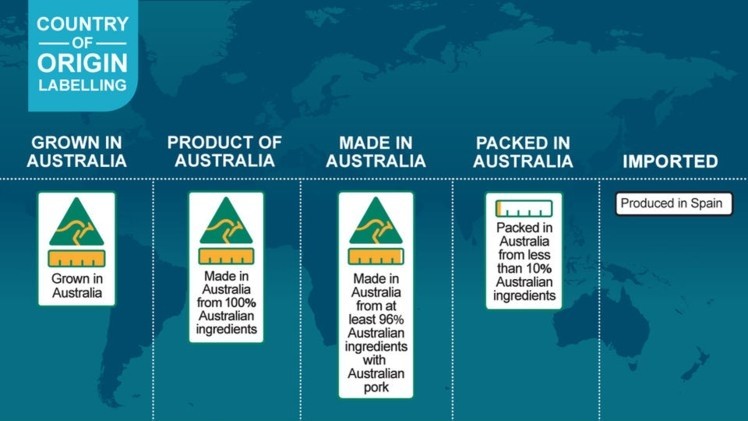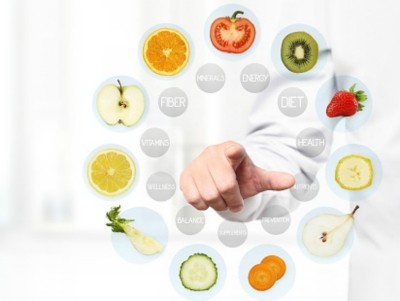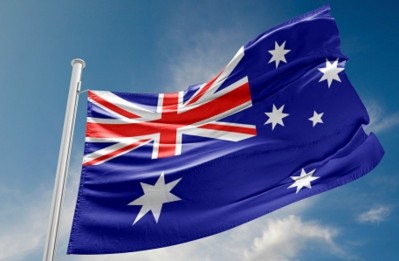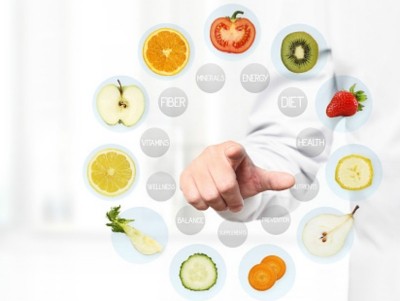‘Food fraud vulnerability’: Are Australia’s country-of-origin labels propagating fraud opportunities?

“The Australian government has created a food fraud vulnerability in international markets,” Food Labelling Matters Lead Consultant and former food regulator Dr Janine Curll told FoodNavigator-Asia.
“Scholars have identified that food fraud vulnerabilities, like other crimes, are created when a) opportunities exist, b) motivations are present and c) controls are absent [and the situation now encompasses all these].”
According to Dr Curll, the logo itself provided the opportunity for fraud, as it could be ‘easily copied’ and ‘unrestrictedly’ applied to foods not of Australian origin.
“[There] is even a Country-of-Origin style kit on government websites, available for anyone around the world to download and use on any food - without measures limiting its label application,” she added.
In terms of motivations, the demand for ‘Brand Australia’ foods globally has been on the rise due to extensive promotion by Australian governments, which Dr Curll said would ‘ultimately motivate businesses to fraudulently represent foods as Australian origin to achieve associated economic gain’.
As for the absence of controls, she described critical control measures outside of Australia as completely ‘absent’.
“Generally the Australian Government has been naive to the risk of frauds and misrepresentations in both national and international food markets in the development stage and implementation,” she added.
“Australia has controls targeted to curb fraudulent use if identified for responsible governments to enforce, [but] critical control measures such as unique identifiers, registered and licensed logo use systems and/or surveillance of logo use outside of the country are absent.
The local controls mentioned fall under the Competition and Consumer Act 2010, administered by the Australian Competition and Consumer Commission (ACCC).
“[The act] provides for a range of penalties in the event of misleading or deceptive conduct and non-compliance with the relevant standard. However, [these laws and enforcements] do not apply outside of Australia,” added Dr Curll.
“Additional control measures are necessary to reduce the food fraud vulnerability.”
ACCC, Food Standards Australia New Zealand (FSANZ) and the Australian country-of-origin label owner (Australian Made Campaign Ltd) have declined to comment, each citing unsuitability to respond.
High probability of occurrence
Dr Curll added that the probability of food fraud occurrence with the Australian country-of-origin label was proportionate with demand for Australian products.
“[Food fraud risk is] high in markets where the consumer demand and willing-to-pay for Australian labelled foods is great,” she said.
She added that her major worry about the situation was that abuse of the label would lead to a loss of consumer confidence, which would eventually affect the Australian food industry.
“Without resources to monitor its compliant and authentic use nationally and internationally, consumers may lose trust in the event of repeated fraudulent misuse, and its original purpose will also be lost.”
The same concerns applied for country-of-origin labelling labels in New Zealand, which passed a law making such labels compulsory last year, because New Zealand food is another ‘premium brand’.
Dr Curll recommended that ‘controlled, licensed-use logos with unique identifiers difficult to copy’ be used to replace the green and gold ‘kangaroo in a triangle’ logo in order to make product origins more difficult to counterfeit.
Origins of the current design
The current logo was selected after research commissioned by the Australian Department of Industry and Science yielded it as the preferred choice.
It comprised 18 consumer focus groups across Australia, 20 interviews with Australian food manufacturing and packaging businesses, and an online survey of 1,220 consumers.
The study showed that some 45% of participants felt the ‘Kangaroo’ concept ‘most clearly communicated’ the communication objectives of the logo.



















